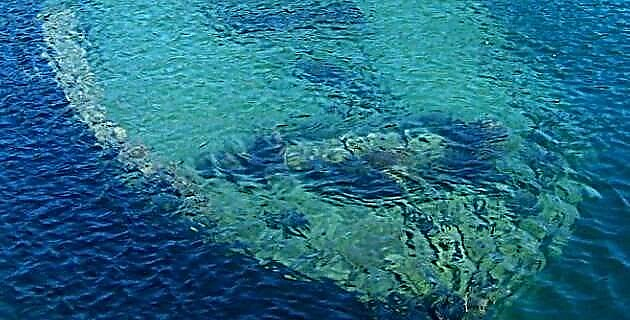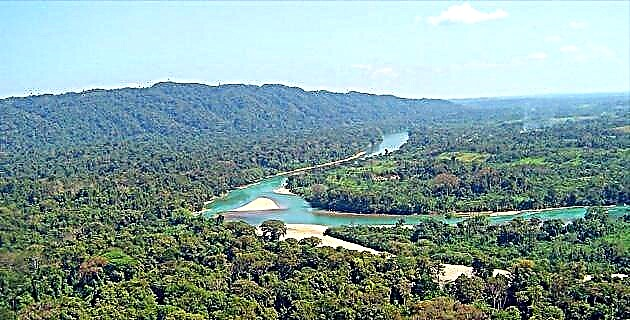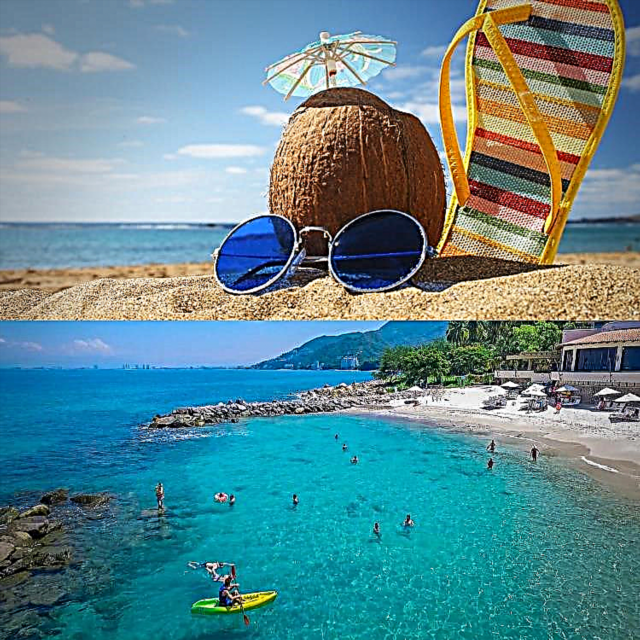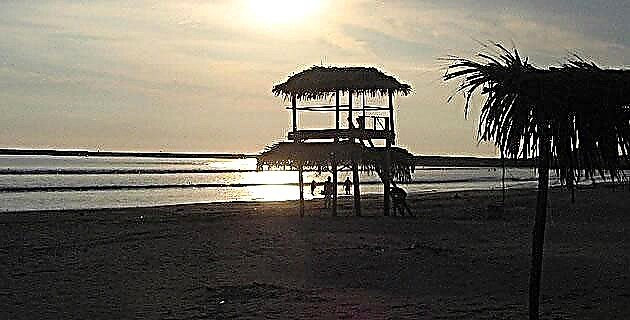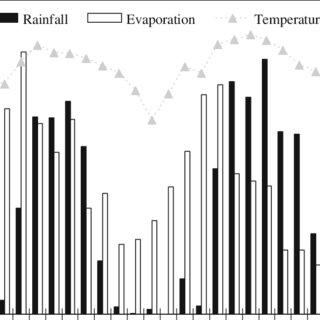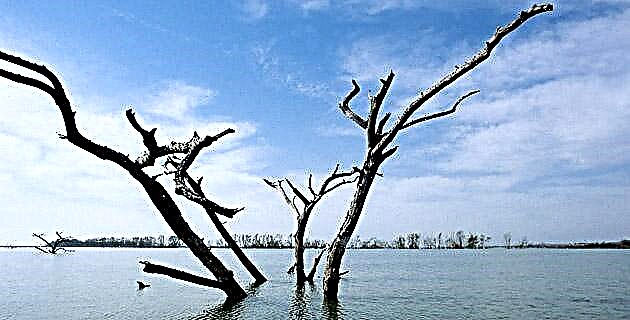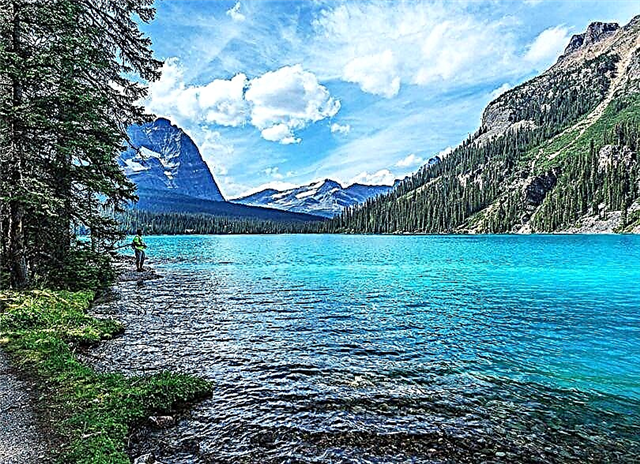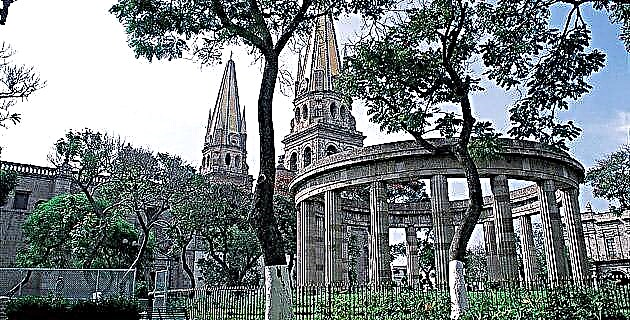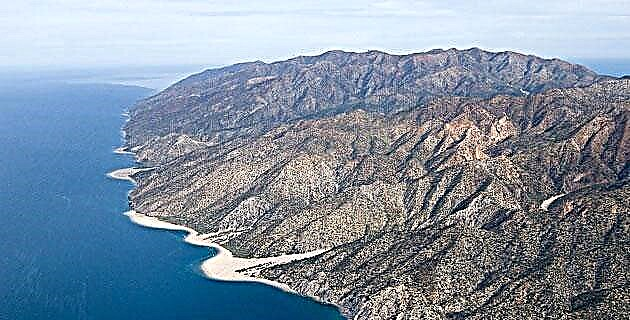
"Know that at the right hand of the Indies there was an island called California very close to the Earthly Paradise." The sergas of Esplandián (Garci Rodríguez de Montalvo)
Cortés wrote in his Fourth Letter of Relationship recounting the trip that one of his captains made to the Colima region: “… and likewise he brought me a relationship of the lords of the province of Ciguatán, which is widely claimed to have an island all populated by women, without any male, and that at certain times they go from the mainland of men ... and if they give birth to women they keep them and if men throw them out of their company ... this island is ten days from this province ... tell me likewise, the conqueror, it is very rich in pearls and gold ”. (Bernal Díaz del Castillo, History of the conquest of New Spain, ed. Porrúa, Mexico, 1992.)
It is not difficult to imagine, knowing the feminine mentality -although that of the aforementioned Amazons goes beyond what can be had of said knowledge of it-, that among the sites chosen by the mythical women there was that remote place, with its sea, in which pearls were abundant, since the Amazons -if they existed- would undoubtedly be pleased to adorn themselves with the paradoxical product of one of the most unpleasant-looking mollusks of the seas, endowed by the wise nature within, perhaps in order to compensate for its outer ugliness, with one of the most beautiful gifts: pearls. Undoubtedly these "warriors" would entangle their neck and arms with threads and threads of these, intertwined with the fiber of the maguey that would abound in their equally mythical "cripple", which would finally result in a magnificent reality but not populated by Amazons.
Hernán Cortés, who had already turned half a century, and with some small ailments of his own, although possibly caused more by his hazardous life, with two fingers of his left hand disabled and his arm fractured by the bad fall of the horse, and another one in one leg due to a fall from a wall in Cuba, and from which he had not recovered as soon as his impatience desired, leaving a slight limp - a consequence that could be verified when his remains were discovered in the forties of the last century in the Church of the Hospital de Jesús-, perhaps he doubted this fanciful legend, but he certainly expressed his interest in promoting the exploration of the lands that bathed the then called South Sea, which extended beyond the lands he conquered, for which purpose he soon began to build ships off the coast of Tehuantepec.
In 1527 a small fleet financed by Cortés and put under the command of Álvaro de Saavedra Cerón left the improvised shipyard and entered that immense sea, in our days the Pacific Ocean - a slightly exaggerated name -, and who, as it was known, arrived at the After some time to the islands of the Spice or Moluccas, in Southeast Asia. In reality Cortés did not intend to expand his conquests to the unknown and distant countries of Asia, and even less to have an encounter with the aforementioned Amazons; his desire was to recognize the coasts of the South Sea, as has been said, and to verify, as indicated by certain indigenous traditions, whether there were islands of great wealth near the continent.
It also happened that a boat owned by Cortés, and in charge of Fortún -u Ortuño- Jiménez, and whose crew had mutinied, having arranged with other “Biscayns… sailed and went to an island named Santa Cruz, where they said that there were pearls and it was already populated by Indians like savages ", writes Bernal Díaz in the aforementioned work - who, although absent, was indisputably in everything - and after great fights they returned to the port of Jalisco:" and after a fight that caused great casualties returned to the port of Jalisco ... they certified that the land was good and well populated and rich in pearls ”. Nuño de Guzmán took note of this fact, "and to find out if there were pearls, the captain and soldiers he sent were willing to return because they did not find the pearls or anything else." (Note: Bernal Díaz crossed out this in his original.)
Mas Cortés - Bernal continues -, who was installed in a hut in Tehuantepec and "who was a man of heart", and aware of the discovery of Fortún Jiménez and his mutineers, decided to go in person to the "Island of Pearls" to check the news that Diego Becerra's flagship had brought with seven survivors of the expedition sent previously, and establish a colony right there, joined by harquebusiers and soldiers with three ships: the San Lázaro, the Santa Águeda and the San Nicolás, who had left from the Tehuantepec shipyard. The army consisted of around three hundred and twenty men, including twenty with their brave women, who - although this is mere speculation - had heard something about the Amazons.
After a few weeks of riding -for Cortés and a certain number of men would go on horseback-, later embarking in Chametla, on the coasts of Sinaloa, they arrived at a place they named Santa Cruz, since it was May 3 (the day of that holiday) of! year 1535. And so, according to Bernal: "they ran into California, which is a bay." The pleasant chronicler no longer mentions the women, possibly because they, perhaps tired, remained somewhere on the marvelous coast waiting for their husbands who would possibly arrive with pearls in their jails in order to console them for their absence. But not everything was easy: at one point Cortés had to go ashore and, according to De Gómara: "he bought in San Miguel ... which falls in the part of Culhuacán, a lot of soda and grain ... and pigs, balls and sheep ..." ( Francisco de Gómara, General History of the Indies, volume 11, ed. Lberia, Barcelona, 1966.)
Right there it says that while Cortés continued to discover the extraordinary places and landscapes, among them the great rocks that, forming an arch, open the door to the open sea: “… there is a great rock to the west that, from the land, advances through a good stretch of sea ... the most special thing about this rock is that part of it is pierced ... at its top it forms an arch or vault ... it looks like a river bridge because it also gives way to the waters ”, it is very possible that said arch I would suggest the name "California" to Cortés: "such a vault or arch is called by the Latins fornix" (Miguel del Barco, Natural History and Chronicle of Ancient California), "and to the small beach or cove" that is allied to said arch or "vault", perhaps Cortés, who possibly would like to use his Latin learned in Salamanca from time to time, called this beautiful place: "Cala Fornix" -or "cove of the arch" -, transforming his sailors into "California" , remembering his youthful readings of novels, so popular at the time, called "cavalry".
Tradition also relates that the conqueror called the sea, which would soon bear his name, and showing off its sensitivity - which it indisputably had - the Bermejo Sea: this because of the color, which in certain sunsets the sea takes on, acquiring shades between golden and red: in those moments it is no longer the great deep blue sea or the pale one that the daylight gives it. Suddenly it has become a sea of gold with a slightly coppery touch, corresponding to the beautiful name given by the conqueror.
Mas Cortés had other great interests: one of them, perhaps the most important, in addition to discovering land and seas, would be the pearl fishery and he left the South Sea to sail along the coast to the other sea, or rather nearby gulf, which He would give it his name -to replace it centuries later by the Gulf of California- in order to dedicate himself to this activity, in the bay of Santa Cruz, and having great success in the company. He also toured the grandiose landscapes -where it rarely rained-, composed of cacti and oases of palm trees and mats with exuberant vegetation, against the background of huge mountains, different from what he had seen. The conqueror never forgetting his double mission, which would be to give lands to his king and souls to his God, although little is known about the latter at that time, since the natives were hardly accessible, having had unpleasant experiences with the expeditionaries -o conquerors- previous.
Meanwhile, Dona Juana de Zúñiga, in her palace in Cuernavaca, was anguished by the long absence of her husband. For what he wrote to him, according to the ineffable Bernal: very affectionately, with words and prayers that he return to his state and marquise ”. The long-suffering doña Juana also went to the viceroy don Antonio de Mendoza, “very tasty and lovingly” asking him to return her husband. Following the viceroy's orders and Dona Juana's wishes, Cortés had no choice but to return and returned to Acapulco at once. Later, "arriving by Cuernavaca, where the marchioness was, with which there was much pleasure, and all the neighbors were delighted with her coming", doña Juana would surely receive a beautiful gift from Don Hernando, and nothing better than some pearls than divers would extract from the call, at that time, the "Island of Pearls" -emulating that of the Caribbean and, later, Cerralvo Island-, in which the conqueror had basked, watching the natives and their soldiers throw themselves into the depths from the sea and emerge with its treasure.
But what is written above is the version of the ineffable Bernal Díaz. There are other variants of the discovery of "lands that seemed quite extensive and were populated but were deep in the ocean." The people of Ortuño Jiménez, the expeditionary sent by Cortés, assumed that it was a large island, probably rich, since some pearl oyster pleasures were recognized on its shores. Neither the expedition members sent by the conqueror, perhaps not even Hernán Cortés himself, would realize the great wealth of these seas, not only in the long-awaited and wonderful pearls, but also in the immense variety of marine fauna. His trip to the aforementioned seas, having been in the month of May, missed the great spectacle of the arrival and departure of the whales. However, the lands conquered by Cortés were, like those of the Cid, "widening" before his horse and before his ships.

